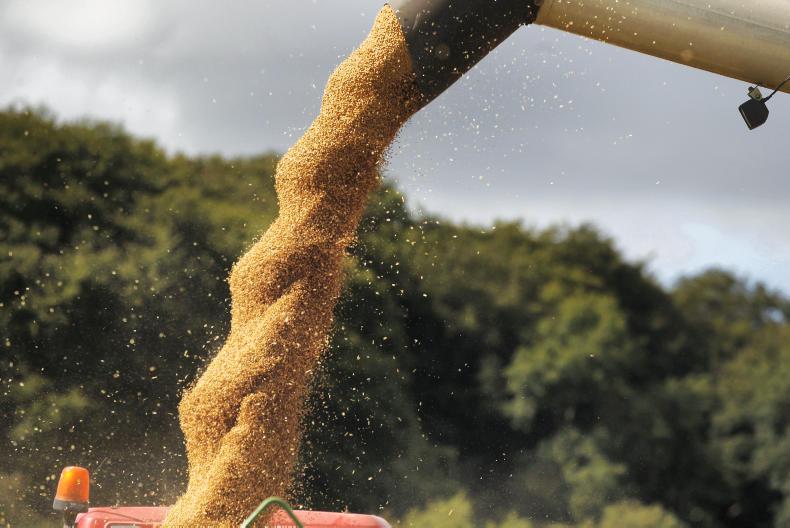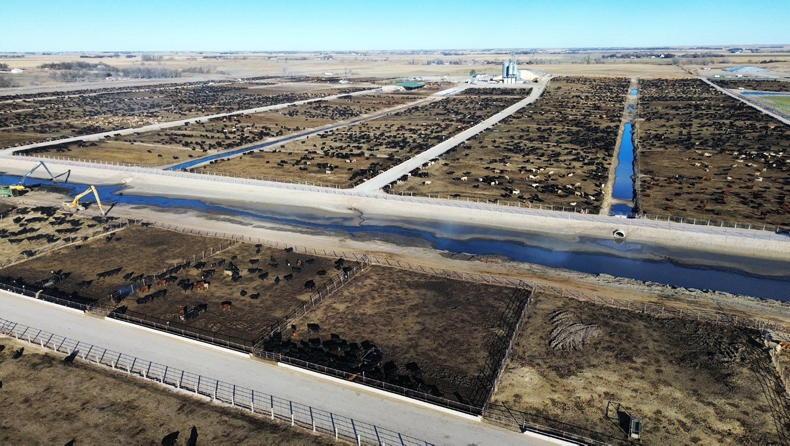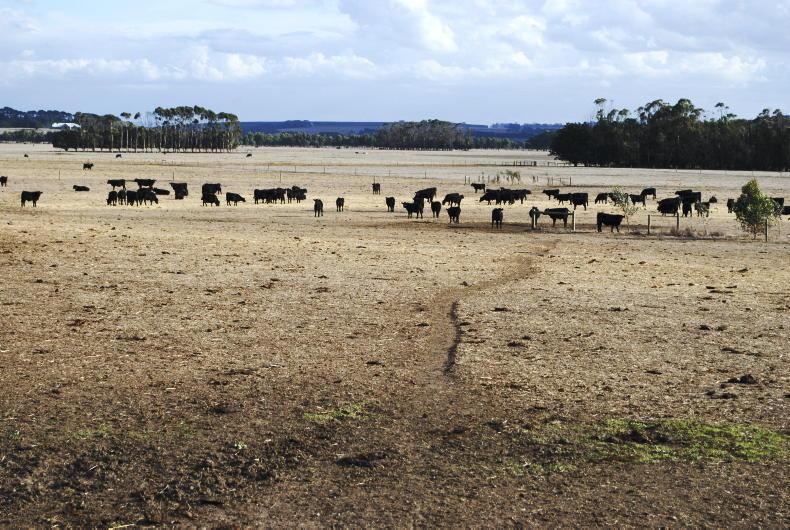A few weeks ago it was all bad news on the price front. But prices have been rising for the past few weeks and during the peak harvest price pressure period. Markets appear to be increasingly uncertain as to final harvest outcome.
Wheat price continued to rise slowly in the past week, with MATIF gaining almost €9/t since the start of the month to close on Tuesday evening at €187.50/t. The rise in the US was even greater, with Chicago December futures up by €20/t in the same period. Chicago December maize also increased by €12/t since the start of August.
Supporting this sentiment is a further reduction of 3.2mt in EU wheat production – the Commission now estimates production at 113.5mt. And despite the bearish outlook from global analysts, there is growing concern about the impact of climatic drivers on market sentiment and price going forward.
Official production rising
This price movement is happening against the backdrop of rising overall global production estimates. Last week, the International Grains Council increased global grain production again, this time by 5mt, to 2,230mt. It put wheat up by 1mt, with carryover stocks up 14mt on last year. Maize production was increased by 2mt, now 45mt above last season.
There are no indications of scarcity in these numbers, but there seems to be less certainty regarding total output, given issues with recent storms and weather uncertainties in the southern hemisphere.
Southern hemisphere
La Niña is one of two recognised weather systems that is somewhat predictable across the southern hemisphere. The current thinking is that this is quite likely to occur with somewhat predictable outcomes.
It tends to give drier conditions in Argentina which would affect crop growth, and dryness is already an issue there. In Australia, it seems more likely to result in high pressure and possibly increased rainfall. While this might be beneficial for yields, rain could also cause issues for harvesting, crop quality and crop losses, if it persists later into the season.
Native prices
There is a stronger tone to native markets again this week, but this should not be confused with tight global supplies. Europe may be lower on wheat, but feed grains are available to replace it. This could drive imports to displace native grain yet again.
There is little activity to provide firm price guidelines. However, nearby wheat looks to be around €195/t through to November, with barley at around €175/t, but this price might come under more pressure towards November due to UK imports.










SHARING OPTIONS